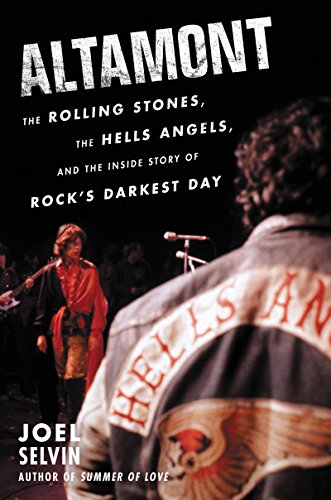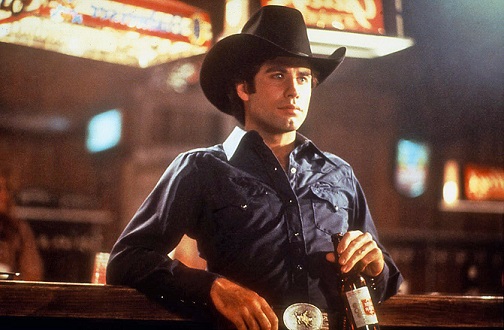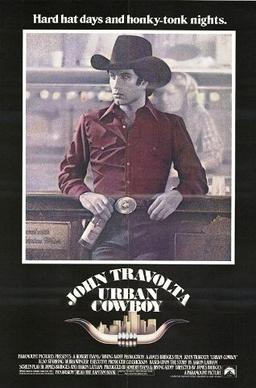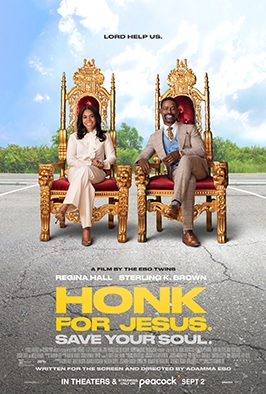 Alex Madison (Paul Michael Robinson) goes to New Orleans on business and spots the beautiful and sexy Linda (Shauna O’Brien) having a fight with her boyfriend at a local bar. Alex introduces himself to Lind and offers to pay for her dinner. Later, directed Fred Olen Ray mixes shots of them making love with shots of Mardi Gras happening right outside the bedroom window.
Alex Madison (Paul Michael Robinson) goes to New Orleans on business and spots the beautiful and sexy Linda (Shauna O’Brien) having a fight with her boyfriend at a local bar. Alex introduces himself to Lind and offers to pay for her dinner. Later, directed Fred Olen Ray mixes shots of them making love with shots of Mardi Gras happening right outside the bedroom window.
Linda falls in love with Alex and becomes clingy but Alex has a wife and newborn at home. When Alex leaves Linda (and breaks up with her via a note) and returns home, Linda is heartbroken. When Linda’s ex finds out about the affair and shoots himself in the kitchen, Linda is outraged and decides to track Alex and his family down. When Alex’s wife, Maddy (Jenna Bodnar), announces that she’s ready to go back to work and says that they will have to hire a nanny to look after the baby, Linda applies for the job. Alex impresses Maddy by holding the baby and, more importantly, she doesn’t mention that she had a weekend affair with Maddy’s husband. Alex comes home from work and is shocked to discover that Linda not only lives in his house but she’s also now best friends with his wife! Linda is soon sexually blackmailing Alex while carrying on an affair with Linda’s horndog of a younger brother, Byron (Sid Farley). Linda wants revenge against all of them.
This is a pretty typical example of the type of films that Cinemax used to air once the sun went down. (There’s a reason why the network was once nicknamed Skinemax.) I think anyone who grew up in the 90s has at least a few memories of watching these movies with the sound turned down low enough to not run the risk of waking up the adults in the house. Fred Olen Ray was one of the main directors of these films and he certainly understood what his audience was expecting and, more often than not, he delivered.
That is certainly the case with Friend of the Family II, which is full of sex, violence, and not much else. (It is also a sequel in name only so don’t worry about not being able to follow the plot if you haven’t seen the first Friend of the Family.) As someone who casually cheats on his wife and is then shocked to discover that there are consequences for his actions, Alex is not exactly a likable or sympathetic protagonist but most people watching this movie will be watching Shauna O’Brien, who goes all out in the role of Linda. Linda is unhinged enough to demand sex from Alex while his wife is sleeping right next to him but also clever enough to worm her way into Alex’s family. Fortunately, O’Brien is convincing no matter what she’s doing and she also brings some vulnerability to the role so Linda is sympathetic no matter how much she tries to destroy everyone’s live.
Friend of the Family II is currently on Tubi, under the name Passionate Revenge. It will be best enjoyed by people who have nostalgic memories of late night Cinemax.











